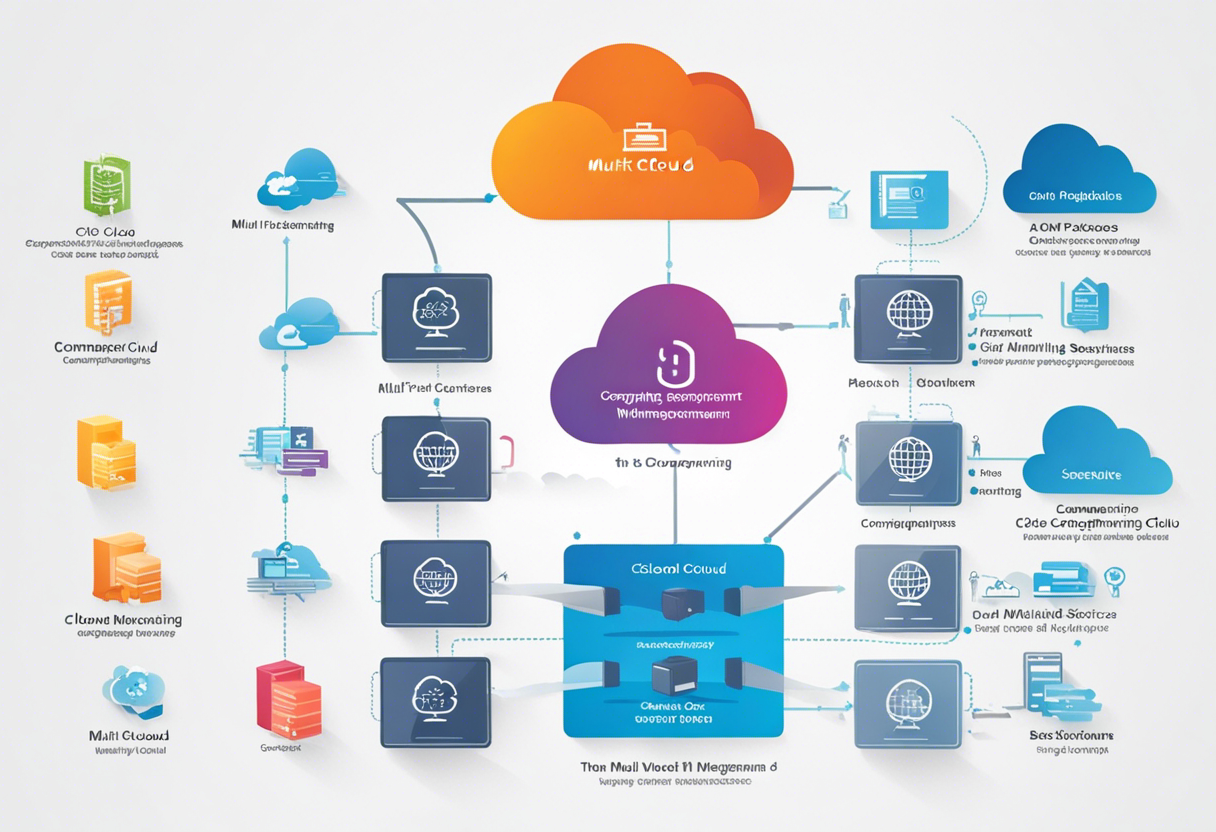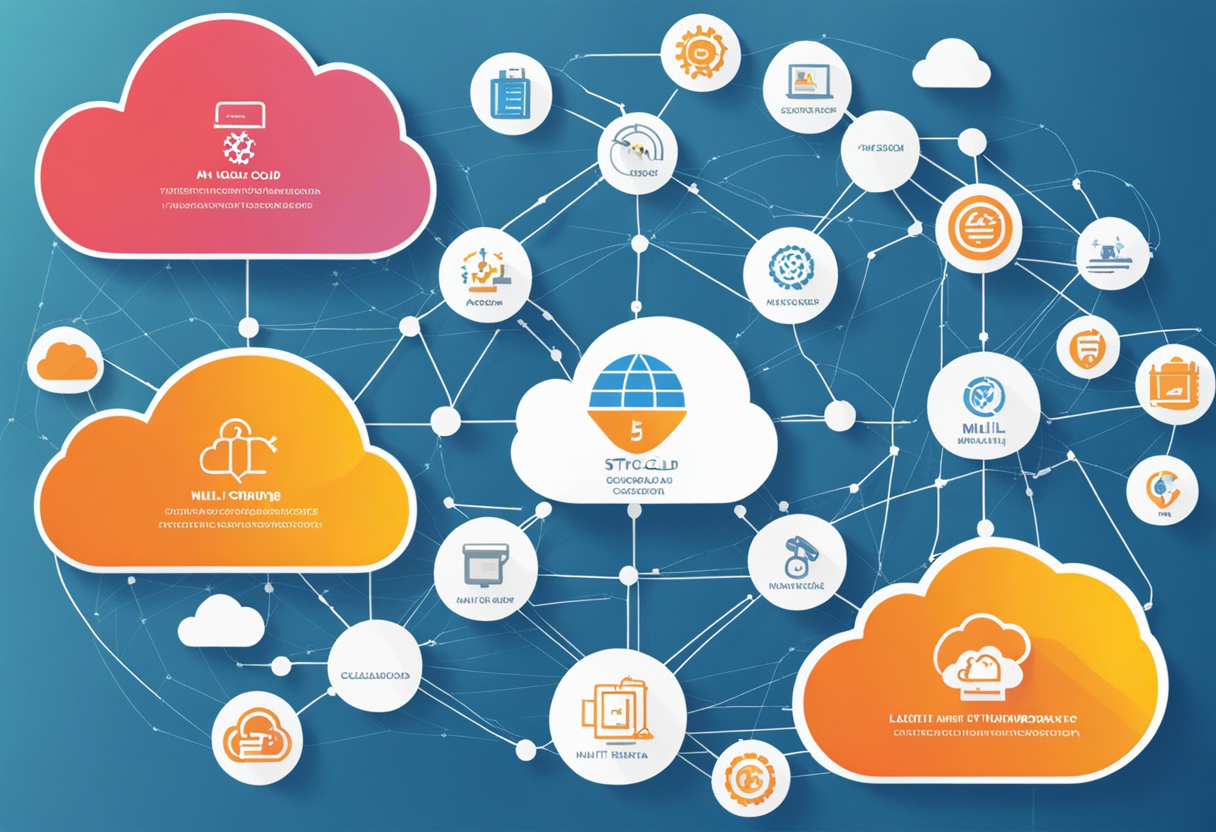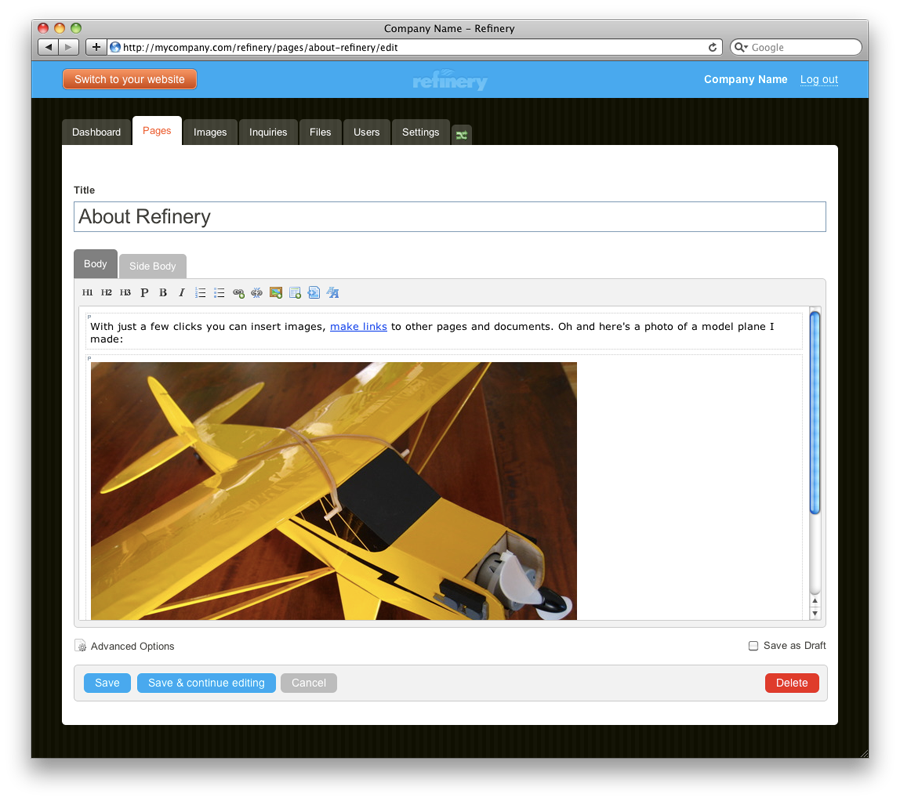Dominating the Digital Atmosphere: Mastering the Top 5 Strategies in Multi Cloud Platform Management
Get ready to delve into the wide and sophisticated realm of multi-cloud platform management. Emerging as an integral part of modern digital strategy, multi-cloud platform management harnesses the potential of various cloud services to boost business performance. Companies utilizing this paradigm can efficiently leverage various cloud-based digital solutions from different providers, thereby enhancing flexibility, scalability, and resilience.
Now, how does one master the art of managing the multi-cloud environment? The answer lies in mastering a set of key strategic maneuvers. These strategies, revolving around designing, orchestrating, optimizing, securing, and innovating, provide a framework that empowers businesses to unleash the maximum potential of the multi-cloud environment, propelling them ahead in the digital atmosphere.
Strategy 1 - Orchestrating a Design for Multi-Cloud Management

The first step towards multi-cloud mastery is architecting a robust and flexible design. Companies must identify the right mix of cloud services that will best serve their needs, considering factors such as costs, data sovereignty laws, and provider reliability. A well-designed multi-cloud environment improves workload distribution, allows for better risk management, and offers resilience against downtime that individual cloud providers may face. Designing also involves planning for a unified management system, which lets you oversee various clouds from a centralized point for superior control and efficiency.
Strategy 2 - Optimizing Your Cost Structure

Mastering cost optimization in a multi-cloud environment is a critical strategy that ensures financial viability without compromising performance. Here the focus should be on analyzing cloud usage and mapping it against the expenditures. Tools like cloud cost management software offer businesses opportunities to visualize their spending better, identify waste, and earmark potential areas of savings. Continuous monitoring and proactive adjustments based on usage trends help maintain an optimized cost structure in a dynamic multi-cloud setup.
Strategy 3 - Securing Your Multi-Cloud Environment

The security of a cloud environment is paramount. With a multi-cloud setup, businesses must establish stringent, comprehensive security measures spanning across multiple platforms. It’s essential to ensure all cloud providers maintain a high standard of cybersecurity practices, from robust encryption methods to stringent access control measures. Simultaneously, real-time monitoring for potential threats and an efficient incident response mechanism should be in place to minimize the impact of any potential security breaches.
Strategy 4 - Orchestrating Seamless Integration

Seamless integration between different cloud platforms is the backbone of an efficient multi-cloud environment. Integration enables smooth data and application mobility, making it easier for businesses to operate across various clouds. For seamless integration, adopting an open cloud strategy, one that supports uniform APIs, is crucial. This leads to reduced complexity, high flexibility, and enhanced interoperability in multi-cloud management.
Strategy 5 - Cultivating a Culture of Innovation

The final strategy emphasizes fostering a culture of innovation. A multi-cloud setup shouldn't just imitate the traditional IT model, but propel transformation and innovation. By nudging resources towards idea generation, testing new concepts, and applying lessons learned, businesses can stay ahead in the digital race. Innovations can offer differentiated services, improve customer experiences, and develop new revenue models, making the company a dominant player in the digital atmosphere. Harnessing the power of associated technologies like AI, machine learning, and IoT can enhance innovation in the multi-cloud environment.
The right strategies in multi-cloud platform management help foster a resilient, adaptable, and efficient digital environment. Striving for mastery in these areas ensures businesses can dominate the digital atmosphere, turning the multi-cloud setup into a powerful tool for growth and innovation.







